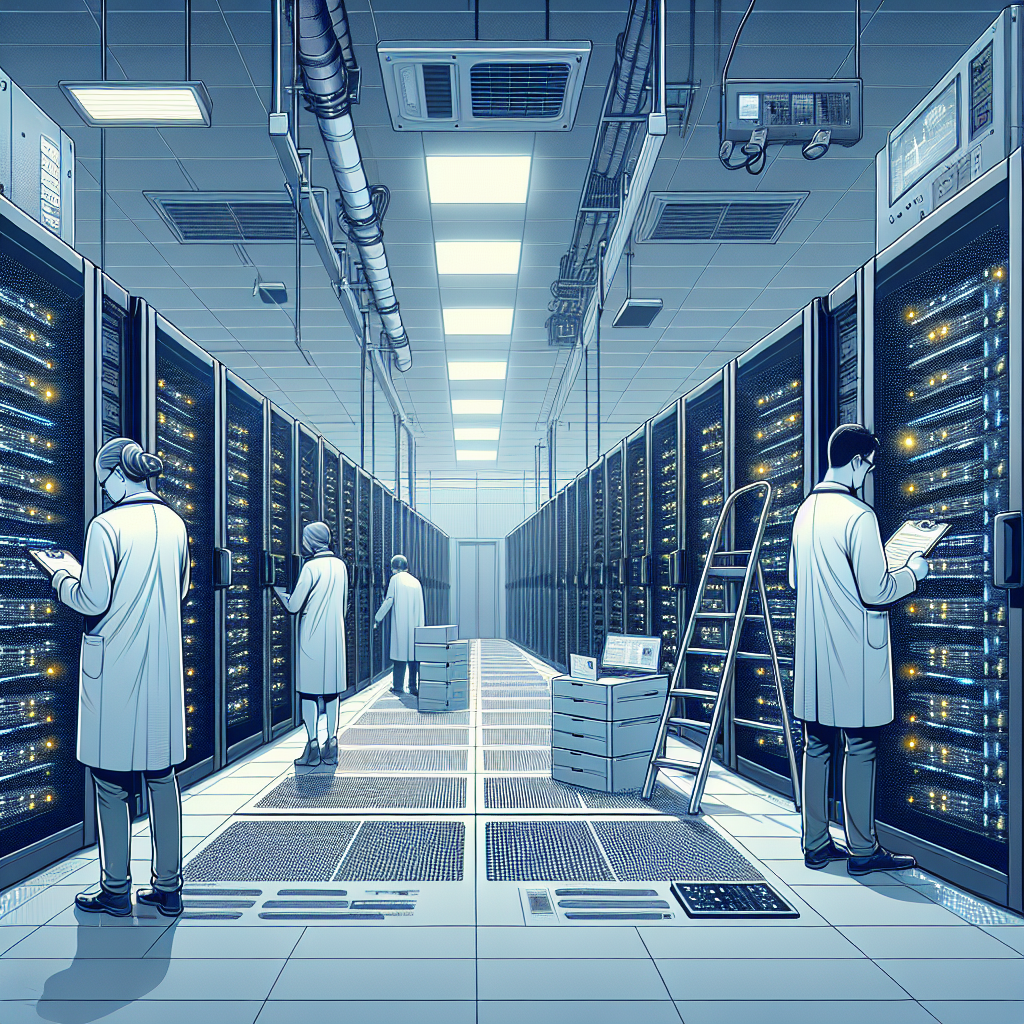Your cart is currently empty!
How to Conduct a Thorough Data Center Inspection: Tips and Best Practices

Data centers are the heart of any organization’s IT infrastructure, housing critical systems and data that keep businesses running smoothly. With so much at stake, it’s essential to conduct regular inspections to ensure the data center is functioning optimally and to identify any potential issues before they escalate.
Here are some tips and best practices for conducting a thorough data center inspection:
1. Start with a plan: Before beginning the inspection, create a checklist of items to review, including power systems, cooling systems, security protocols, and physical infrastructure. Having a plan in place will help ensure that nothing is overlooked during the inspection.
2. Check power systems: Power outages can be catastrophic for a data center, so it’s important to thoroughly inspect the power systems to ensure they are functioning properly. Check for any signs of wear or damage, test backup generators, and verify that all power distribution units are working as they should.
3. Inspect cooling systems: Data centers generate a significant amount of heat, so it’s crucial to have effective cooling systems in place to prevent overheating. Inspect air conditioning units, cooling towers, and ventilation systems to ensure they are operating efficiently.
4. Review security protocols: Data center security is paramount, as a breach could result in a loss of sensitive information or damage to critical systems. Check access controls, surveillance systems, and physical security measures to ensure they are up to date and functioning properly.
5. Assess physical infrastructure: In addition to the systems and equipment within the data center, it’s important to also inspect the physical infrastructure, such as raised flooring, cable management systems, and lighting. Look for any signs of wear or damage that could impact the overall functionality of the data center.
6. Document findings: As you conduct the inspection, make detailed notes of any issues or potential concerns that you identify. This documentation will be valuable for tracking the status of any maintenance or repairs that need to be addressed.
7. Schedule regular inspections: Regular inspections are essential for maintaining the health and efficiency of a data center. Make it a priority to conduct inspections on a regular basis, whether it’s monthly, quarterly, or annually, depending on the size and complexity of the data center.
By following these tips and best practices, you can ensure that your data center is operating at peak performance and minimize the risk of downtime or data loss. Conducting regular inspections will help you identify and address any potential issues before they escalate, ultimately saving time and resources in the long run.

Leave a Reply